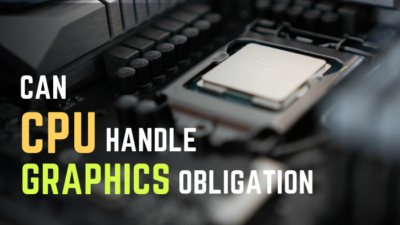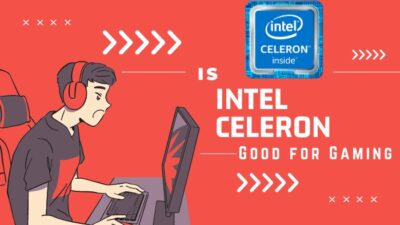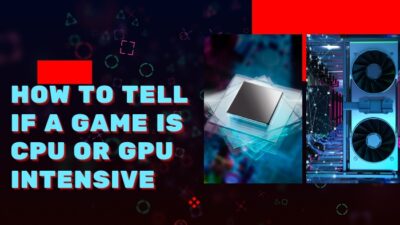We don’t need extreme changes to save energy; making small adjustments will go a long way.
It’s no secret that computers are power-hungry machines. Your average desktop PC generally uses 250-400 W/hour, and your laptop is between 50 and 150 WH. This will not seem much of a deal but running them straight for 8 to 10+ hours, the power usages become a concern.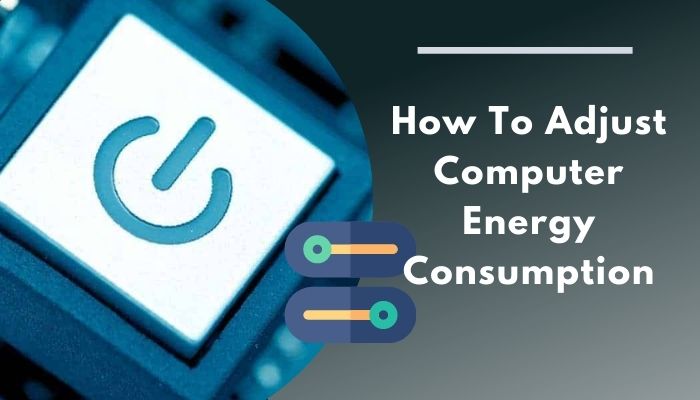
However, reducing your PC’s power usage is much easier than other household devices.
You can cut this down by one-third by managing the power and reducing about 400 KG CO2 in the environment. Here I’ll discuss the easiest methods to lower your PC’s electricity usage and reduce some CO & CO2 from the environment.
So hop on and read this article to reduce the Power usage of your PC.
How to Reduce Power Consumption on Your PC?
Unlike other household electronics, computers are very easily adaptable to power changes. Simple adjustments in the settings can significantly ease the amount of energy in your device. Just lowering the brightness on your PC can lower the power usage.
Also, unplugging needleless devices or disabling background apps will decrease energy usage.
Here are the methods to reduce PC power consumption:
1. Remove the external device
Devices like printers, sound systems, webcams, mouse, etc., consume power even when the PC is in sleep mode. So disconnecting those devices at sleep or standby will save some energy. It’s an easy way to save power.
Check out my new post on how to Fix Computer Restarts When Gaming.
2. Adjust General Computer settings
Tweaking the general computer settings reduces your PC’s power consumption to some extent. These settings are very easy to tweak and won’t affect your performance much.
Here are the General Computer settings to adjust for saving power:
Lower the brightness
Lowering the screen brightness is a simple step with a significant impact. Low brightness will save energy and reduce eye strain.
Here are the steps to reduce screen brightness:
- Click the notification icon in the taskbar/start bar.
- Find the sun icon.
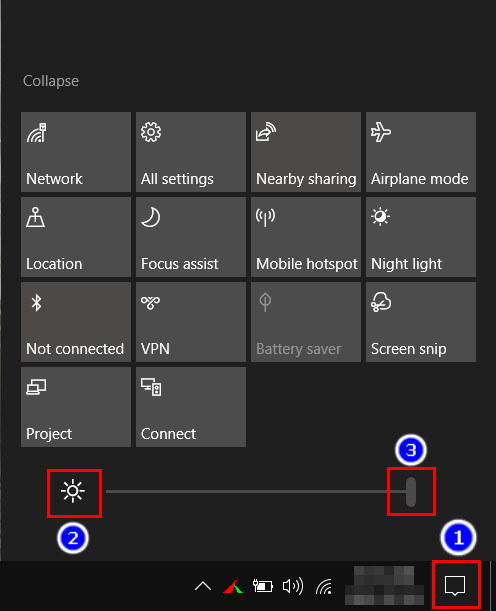
- Pull the slider to the middle. (50-70%)
Some laptops automatically dim the screen light when they are on battery. But for others, apply these steps to save the power.
Also, check out our separate post on how many years should a Desktop Computer last.
Sleep and Hibernation Modes
When you aren’t using the PC but can’t shut down either, your PC uses more power. In those cases, sleep mode helps. It not only uses less power than active mode but opens your PC with one click.
Here are the steps to set automatic sleep mode:
- Go to Search.
- Type Power & sleep settings and click it.
- Set Screen between 3-5 minutes.
- Set Sleep as you see fit.
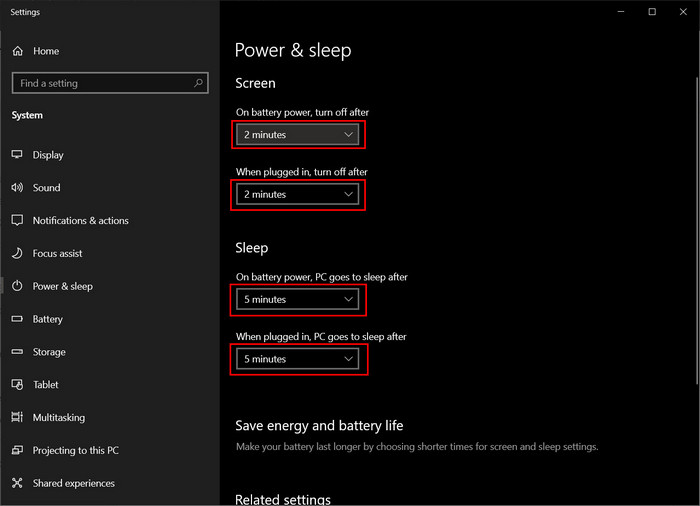
Executing these steps will reduce the power consumption of your PC.
Follow our guide to know what happens if my SSD is full.
Power Saver Option
Enabling power saver options will force the PC to run on low power. This option is mainly used for laptops to save their battery. But using this while plugged in reduces the energy consumption.
Here are the steps to enable Power saving mode:
- Go to Search.
- Type Power & sleep settings and click it.
- Select additional Power settings.
- Choose Power Saver.
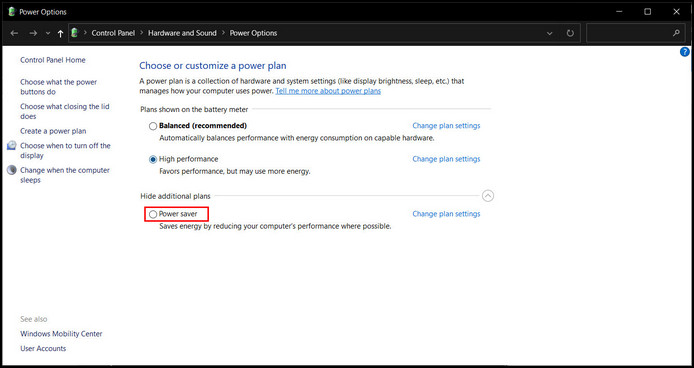
This will reduce the Power usage considerably.
Also check our exclusive tutorial on can I upgrade CPU without changing Motherboard.
Background Apps
All the apps you run on your computer use power. The more the CPU usage, the more the power usage. So killing the unnecessary process will reduce power consumption.
Here is the method to terminate the background apps:
- Go to Task manager > Process.
- Select the unnecessary programs in the background process list.
- Click End task for each program separately.
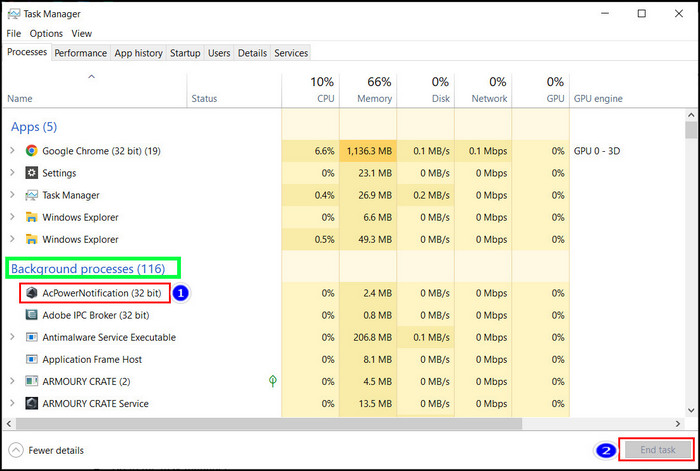
Completing these steps will close the unnecessary background apps and ease the processor pressure. This will ultimately result in saving power.
Here’s a complete guide on why is my GPU usage so low.
Startup Apps
Some startup apps cause slow startup and make your PC do more work than necessary. Not all apps that start with your Windows are vital to running your PC. I recommend disabling the unnecessary startup apps to save power.
Here are the steps to disable the startup apps:
- Go to the task manager.
- Click Startup.
- Select the unnecessary apps one by one.
- Press Disable for each app.

Disabling those apps will lower the PC’s pressure and save power.
Bluetooth and Wi-Fi
Bluetooth and Wi-Fi adapters transmit radio waves from your PC. This type of radio-wave consumes a lot of power, even on standby mode. Turning these off will do the trick if you want to save power.
Here are the steps to turn off Bluetooth and Wi-Fi:
- Go to Settings.
- Type Airplane mode.
- Switch off the Bluetooth and Wi-Fi.
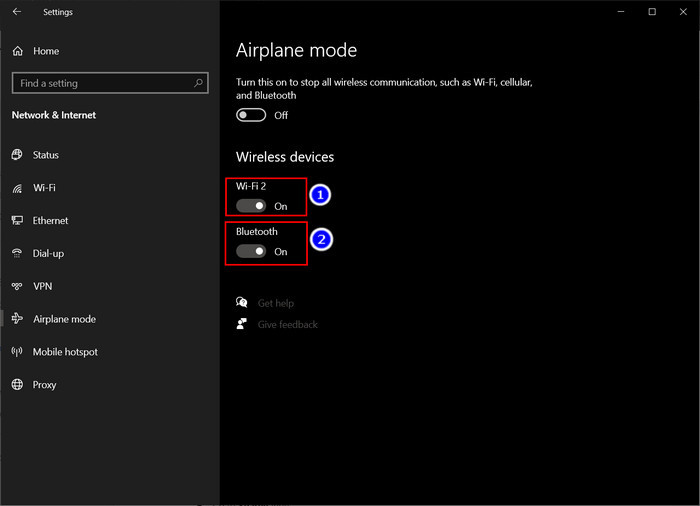
But if you use Bluetooth and Wi-Fi drivers frequently, this tip isn’t for you.
3. Unplug the computer after shutdown
When you aren’t using a smart strip, It’s best to remove the power cable after shutdown. Many people experience their PC using power even after the shutdown.
Unplugging the power cable omits the possibility.
4. Change the Processor Power management
You can decrease the CPUs power to save power. But using this method, you can face some performance issues, especially when you do heavy gaming or editing.
Here are the steps to change the CPU Power management :
- Go to Search Icon.
- Type Edit power plan and click that from the result.
- Click Advance Power settings.
- Navigate to processor Power management and expand that.
- Expand the option called maximum processor state.
- Change this number to 80%.
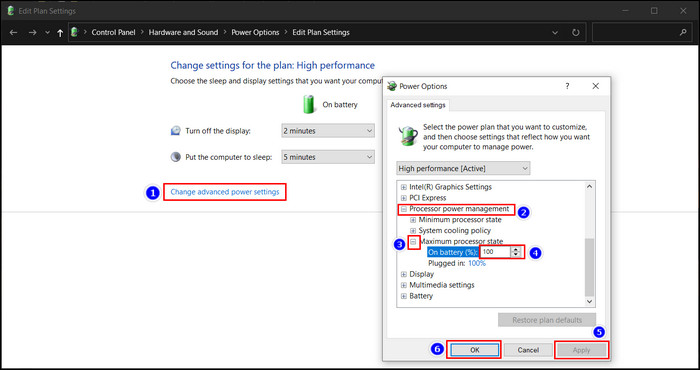
As you complete these steps, your processor will run at its 80% capability. And the energy usage will be 20% lower.
5. Run Power Troubleshooter
Windows 10 has a built-in power troubleshooter. Using this tool, you can specify the cause of excess energy use.
Here is the way to run Power Troubleshooter:
- Go to Search Icon.
- Type Troubleshoot Settings > Click that.
- Select Additional Troubleshoot.
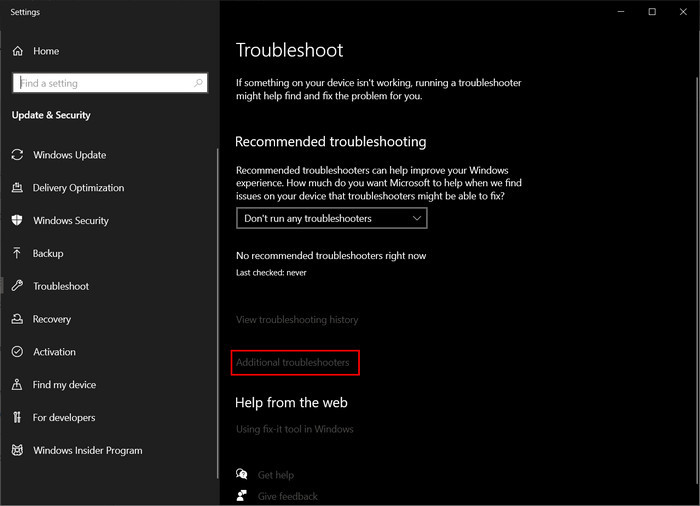
- Click Power > Run the troubleshooter.
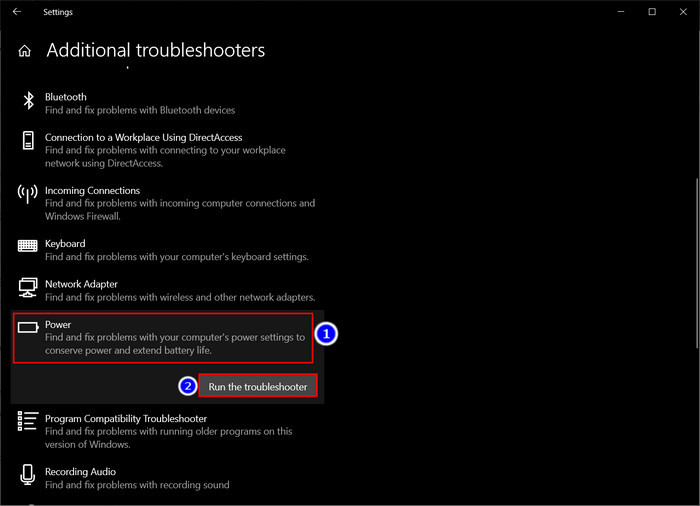
The troubleshooter will identify the apps using much power and recommend the solutions.
6. Turn Off RGB
PCs and accessories with RGB lighting will consume a lot of power. Turn them off if your power usage is higher. Your user manual book of that device contains the turning-off method.
7. Undervolt your CPU
Undervolting your CPU means running your CPU at low power without lowering the clock speed. But for any heavy-duty gamer or a graphics designer, undervolt is not recommended.
Different motherboards have different methods for undervolting the processor. So, search for your motherboard’s undervolting method on the internet and apply that.
Undervolting the CPU will reduce the energy usage by 10-12% more than before.
Conclusion
Long Story short, by adjusting your computer energy consumption, you can reduce the amount of CO and CO2 in the world. Reducing the brightness is the most simple but effective way to reduce power consumption and won’t affect the PC performance.
However, Undervolting your CPU or changing the Processor Power Management will reduce the energy usage but sacrifice the performance.
After applying the FIxes above, I’m sure you have resolved the energy consumption issue. Comment about any other problem you are facing.
Good day.


